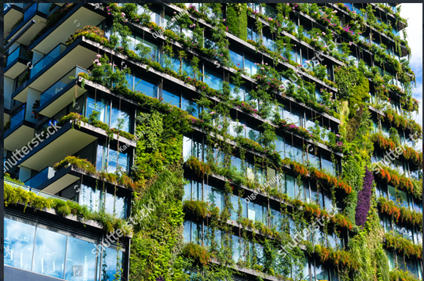In the past few decades, we hear more and more about the dangers of climate change and the increasing global warming. It has been scientifically proven that human activities can also significantly alter the climate. During the past 100 years, global average surface temperature increased by about 0.7 degrees Celsius resulting in climate change.
The steep rise in global temperatures have had some severe climatic effects. There have been massive changes in the rainfall patterns leading to droughts, flash floods, irregularity of rains, excess rainfall etc. One of the newest dangers we face is our oceanic resources. The water levels are rising, leading to the submerging of low-lying regions. The glaciers are melting due to the increased temperatures leading to the rise in sea levels especially at the poles. This is also threatening a loss of habitat for several creatures that survive in colder regions like polar beers.1
This three-minute video published by National Geographic explains global warming, climate change and the possible consequences:
Energy efficiency means using less energy to accomplish a similar or better outcome, and it can generally be divided into two categories:
1. using technology to reduce energy usage (such as installing energy-efficient lighting or appliances), or
2. making behavioural adjustments at home (that is, turning off the lights when you leave a room or opening window treatments to let sunlight heat your home).2
Residential and commercial buildings account for almost half of all annual worldwide energy consumption and greenhouse gases. By constructing energy efficient, sustainable buildings, significant savings can be achieved in both energy costs and carbon: better energy efficiency lowers electricity bills, makes businesses more competitive, and helps manage energy demand. Most importantly, this can eventually slow down global warming and reduce human’s detrimental impact on the climate due to less greenhouse gas emissions because fewer fossil fuels are burnt for energy.
Building science is often applied to new construction, but it is critically important for renovating existing buildings as well. One of the big differences between new and existing buildings is that during the predesign phase of remodels and retrofits, the existing building structure needs to be studied in detail and will introduce a whole set of design constraints. The same design strategies will apply to both, but designers will not have as much latitude to reshape existing buildings.3
Overseas, the move to energy efficient building happened over 30 years ago. The US and Europe have long been driving sustainable construction through government initiatives, industry building codes and standards. However, the Australian building sector has been slow at ensuring all factors of construction are contributing to energy efficiency and greenhouse gas emissions reduction.4
Energy and thermally efficient buildings significantly reduce the energy required for heating and cooling.
Double glazed windows, for example, have long been a popular choice across Europe and the US as a key solution for thermal and energy efficiency. However, residential windows in Australia typically perform very poorly in terms of thermal efficiency as there are still a lot of misconceptions regarding thermal and energy efficiency.
This module will provide an overview of constructing energy efficient buildings and will cover the following topics:
- Determine the building envelope expectations
- Assess energy efficiency construction
- Decide on method of construction.

